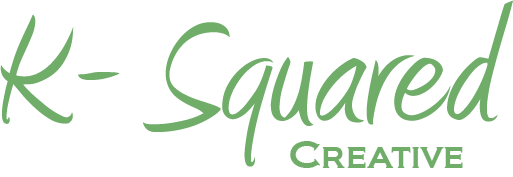If you’re like me and your office operates on a July to June fiscal year, it’s crunch time! Our office is busy filing forms, making sure our accounting is finalized, and closing out old files. Unfortunately, the rest of the world works on a calendar year. So while we’re scurrying away, the world keeps on spinning and we have to keep up with the day-to-day work as well. All that, and the summertime weather means you’d rather be anywhere but work, am I right?
If this sounds familiar, you’re not alone.
Take advantage of this mid-year break, and treat it like you would New Year’s. Make some practical resolutions, have a plan to meet your goals, and find tools to help you accomplish them. Here are some of the tools I use to keep momentum going and ensure a successful professional year.
To Stay on Top of It All – Asana.com
I am constantly looking for the best way to track my to-do lists. I’ve tried several methods over the years – Trello (too visual), Action Method (discontinued), Basecamp (too expensive for my nonprofit budget). I even went old school with a notebook, but I was constantly rewriting things to keep it neat and legible, which was wasting a lot of time and adding to my stress.
Enter Asana. I’ve been using this free app for over nearly two years now – a record for me. It lets me create detailed project lists with tasks and sub-tasks, notes and comments, attachments, and task- and project-specific deadlines. I can add tags, view deadlines on a calendar, and more. Asana lets me divide my projects between workspaces – so I can have a view for my day job, my side hustle, and my home projects. Plus I can share workspaces with team members, add more functionality with app plugins, and get reports. And did I mention it’s free?
To Focus My Day – Day Designer
Once I have all my tasks in Asana, I sometimes find it a bit overwhelming. I have dozens of projects going on simultaneously, and it can be a challenge (for me) to prioritize them so that I can hit the ground running as soon as I’m at my desk. Plus, I often plan on accomplishing much more in one day than is actually possible. It’s not a good thing to set your day up for failure that way!
I have found that intentionally choosing just three things to focus on and writing them down helps combat the feeling of “I don’t know where to start!” For this, I use the Day Designer planner. It’s a spiral-bound calendar with monthly and daily views. Each daily view has space to choose your three focus priority tasks, extra space for to-dos you hope to get to, and a schedule section to plan for meetings (which you can also use to track your project time). It also includes areas for notes, daily gratitude, spend tracking, and dinner planning.
To Plan for the Future – Creative Blocks and Regular Check-Ins
Todd Henry’s book The Accidental Creative reminded me of the importance of making time for self-investment, self-evaluation, and planning for the future.
I try to schedule a four-hour “Creative Block” each week. This is time I use to build work skills that might not be related to a project I am working on now but may help with a future project. I may work on photography, take a course on Lynda.com, watch some webinars offered by my professional society, or catch up on some industry publications and blogs. My boss approved this concept when I brought it up during an annual review a couple years ago, so I can do all this guilt free.
I also schedule a two-hour meeting with myself every Friday, and a two-to-four hour version on the last business day of every month. Each Friday I scan and file any papers I accumulated over the week into Evernote and Dropbox. I update my to-do lists in Asana. I look at my upcoming week and add appointments and meetings to my Day Designer. I reference my editorial calendar and Asana projects and add priorities and to-do lists to my Day Designer too. At the end of the month, I do an extended audit of upcoming work, with additional focus on upcoming projects and whether there is anything I need to do to prepare for them, such as research (add it to my creative block time!) or scheduling meetings. I also make sure that I have built in some time for personal projects, networking, and fun to stay balanced.
What are your best tips and tools for productivity?
“Calendar*” by Dafne Cholet is licensed under CC BY 2.0
